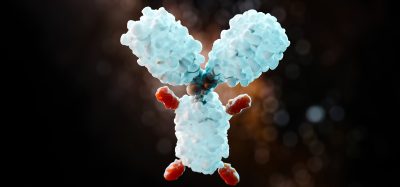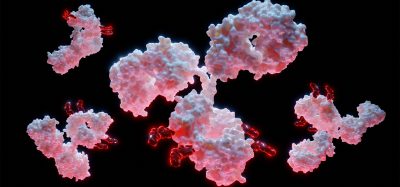Expert view: Measuring protein interactions in blood – not as trivial as it sounds
Posted: 11 September 2020 | Fluidic Analytics | No comments yet
In the continuing battle against COVID-19, researchers now must identify the best candidates for vaccines and convalescent serum therapies against the virus.
In the continuing battle against COVID-19, researchers now must identify the best candidates for vaccines and convalescent serum therapies against the virus. This is more difficult than it sounds and will require researchers to employ new techniques that are not based on decades-old technologies. At the heart of this challenge is the accurate identification of neutralising antibodies – proteins that bind to the SARS-CoV-2 spike protein, thereby halting entry of the virus into cells.
Fluidic Analytics has developed a novel microfluidic in-solution immunoassay platform to measure the size of fluorescently-labelled spike proteins, both bound to antibody candidates and unbound. By measuring the hydrodynamic radius of the labelled spike protein, researchers can confidently assess binding outcomes based on the differences in size reported. Traditional immunosorbent assays such as ELISAs can only give a “titer”, which is a value that combines both concentration and binding affinity. This means there is no delineation between samples containing a high concentration of antibodies with low binding affinity and a low concentration of antibodies with high binding affinity.
The Fluidity One-W Serum device empowers independent determination of antibody concentration and affinity for an accurate immune response assessment against SARS-CoV-2. Samples are measured in-solution, eliminating the risk of unspecific binding to surfaces and the presence of artifacts. Furthermore, the instrument can measure samples in both buffers and complex backgrounds such as cell lysate and minimally diluted (91-97 percent) serum. The Fluidity One-W Serum is ideally suited to support future decisions on therapy selection, development and ultimately patient care as it enables the identification and selection of high affinity antibodies for therapeutics, including convalescent serum.
Related topics
Analytical Techniques, Antibodies, Immunoassays, Research & Development
Related organisations
Fluidic Analytics







